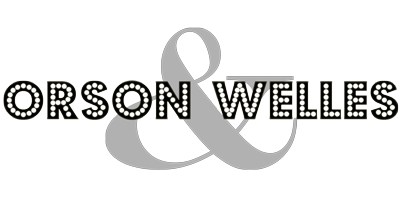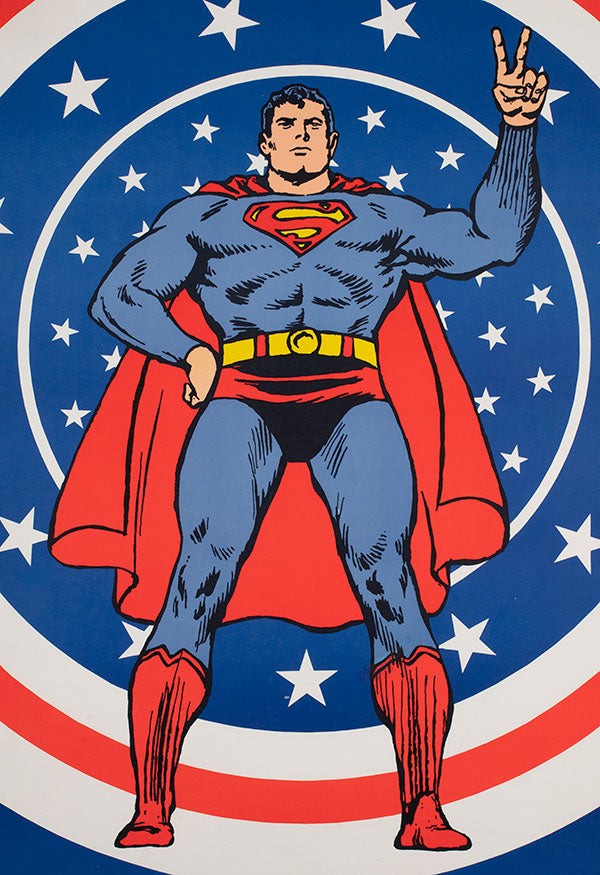Your Cart is Empty
The Golden Age of French Poster Design: From Belle Époque to the Big Screen
Origins: Chéret and the Colour Lithograph
France has a long and rich history in poster design that dates back to the mid-19th century. One of the most influential figures in the development of vintage posters was the French poster artist Jules Chéret. Around 1866, Chéret is credited with producing the first colour lithograph posters, using a technique he refined from the black and white process first invented by German actor and playwright Alois Senefelder in 1798.
Chéret’s pioneering three-stone lithographic process allowed artists to achieve every colour in the rainbow using just three stones—usually red, yellow, and blue—printed in careful registration. This innovation transformed the streets of Paris into open-air galleries and established the poster as an art form.
The Belle Époque & the Parisian Masters
The Parisian artists, headed by Chéret and including masters Théophile Steinlen, Adolphe Willette, Eugène Grasset, Pierre Bonnard, Jean-Louis Forain and, last but certainly not least, Henri de Toulouse-Lautrec, brought a new level of visual appeal to the streets of Paris. Influenced in part by Japanese woodcuts, their vibrant and eye-catching designs established the poster as a coveted object of culture.
The Belle Époque (Beautiful Era), a period of peace and frivolity in France from the late 19th to the early 20th century (1870–1914), coincided with economic growth and the rise of a new middle class with disposable income and leisure time. It was during this time that the poster craze took hold in France, with posters used to advertise products, events, and entertainment.
Evolution: Beverage, Travel, and Film
Over the decades that followed, French poster design continued to flourish. Designers across Europe and beyond experimented with striking colour, expressive typography, and narrative composition to promote beverages, railway travel, and the expanding world of cinema. The result is a living visual history—part advertising, part fine art—that still resonates with collectors and interior designers today.
Spotlight: Léonetto Cappiello — The Modern Advertising Icon

Often called the father of modern advertising, Léonetto Cappiello broke from painterly conventions with bold colour, high-contrast silhouettes, and unforgettable brand mascots. The emerald imp of Maurin Quina is a masterclass in instant recognition—playful, mysterious, and irresistibly modern.
Cappiello’s approach distilled products into vivid icons, setting a blueprint for 20th-century commercial art and shaping beverage advertising for generations.
Spotlight: Constant Duval — Travel, Elegance, and Motion

Constant Duval captured the optimism of early 20th-century travel with refined compositions and rich palettes. His railway posters—like the stately view of Windsor Castle—promised sophistication and ease, turning destinations into dreams and journeys into art.
Spotlight: Boris Grinsson — Cinematic Drama in a Single Frame

A prolific movie-poster artist, Boris Grinsson brought glamour and narrative punch to mid-century cinema marketing. His French Grande for From Russia With Love balances star power, intrigue, and motion—condensing the thrill of the film into a single, unforgettable tableau.
Spotlight: Clément Hurel — The New Wave’s Cool Minimalism

Clément Hurel distilled the restless energy of the French New Wave into crisp photography, expressive type, and dynamic layout. His work for Godard’s À Bout de Souffle is a touchstone of cool minimalism that still influences poster and editorial design today.
Spotlight: Roland Coudon — Monumental Myths of Early Cinema

Roland Coudon harnessed scale and perspective to deliver the spectacle of early Hollywood to French audiences. His King Kong design remains a collector favourite for its larger-than-life drama and meticulous craftsmanship.
Legacy & Collectibility
From Cappiello’s beverage icons to Hurel’s cinematic cool, French posters transcend advertising. They are cultural artefacts—snapshots of style, technology, and aspiration. Whether you’re curating a gallery wall or investing in design history, these works add colour, conversation, and credibility to any space.


